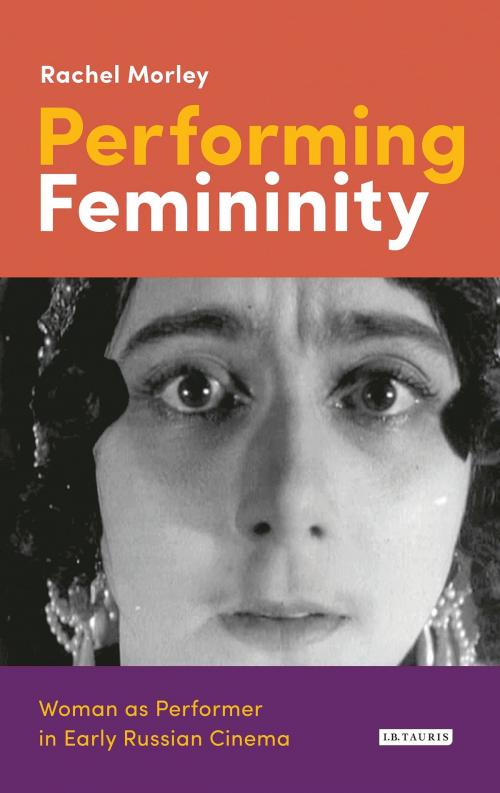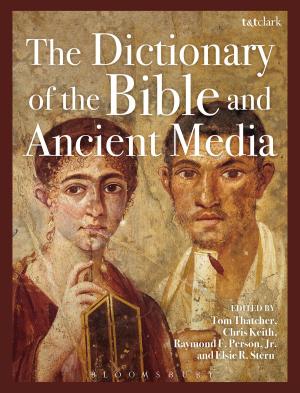Performing Femininity
Woman as Performer in Early Russian Cinema
Nonfiction, Social & Cultural Studies, Social Science, Gender Studies, Entertainment, Performing Arts, History| Author: | Rachel Morley | ISBN: | 9781786720580 |
| Publisher: | Bloomsbury Publishing | Publication: | December 15, 2016 |
| Imprint: | I.B. Tauris | Language: | English |
| Author: | Rachel Morley |
| ISBN: | 9781786720580 |
| Publisher: | Bloomsbury Publishing |
| Publication: | December 15, 2016 |
| Imprint: | I.B. Tauris |
| Language: | English |
Oriental dancers, ballerinas, actresses and opera singers - the figure of the female performer is ubiquitous in the cinema of pre-Revolutionary Russia. From the first feature film, Romashkov's Stenka Razin (1908), through the sophisticated melodramas of the 1910s, to Viskovsky's The Last Tango (1918), made shortly before the pre-Revolutionary film industry was dismantled by the new Soviet government, the female performer remains central. In this groundbreaking new study, Rachel Morley argues that early Russian film-makers used the character of the female performer to explore key contemporary concerns from changing conceptions of femininity and the emergence of the so-called New Woman, to broader questions concerning gender identity. Morley also reveals that the film-makers repeatedly used this archetype of femininity to experiment with cinematic technology and develop a specific cinematic language.
Oriental dancers, ballerinas, actresses and opera singers - the figure of the female performer is ubiquitous in the cinema of pre-Revolutionary Russia. From the first feature film, Romashkov's Stenka Razin (1908), through the sophisticated melodramas of the 1910s, to Viskovsky's The Last Tango (1918), made shortly before the pre-Revolutionary film industry was dismantled by the new Soviet government, the female performer remains central. In this groundbreaking new study, Rachel Morley argues that early Russian film-makers used the character of the female performer to explore key contemporary concerns from changing conceptions of femininity and the emergence of the so-called New Woman, to broader questions concerning gender identity. Morley also reveals that the film-makers repeatedly used this archetype of femininity to experiment with cinematic technology and develop a specific cinematic language.















